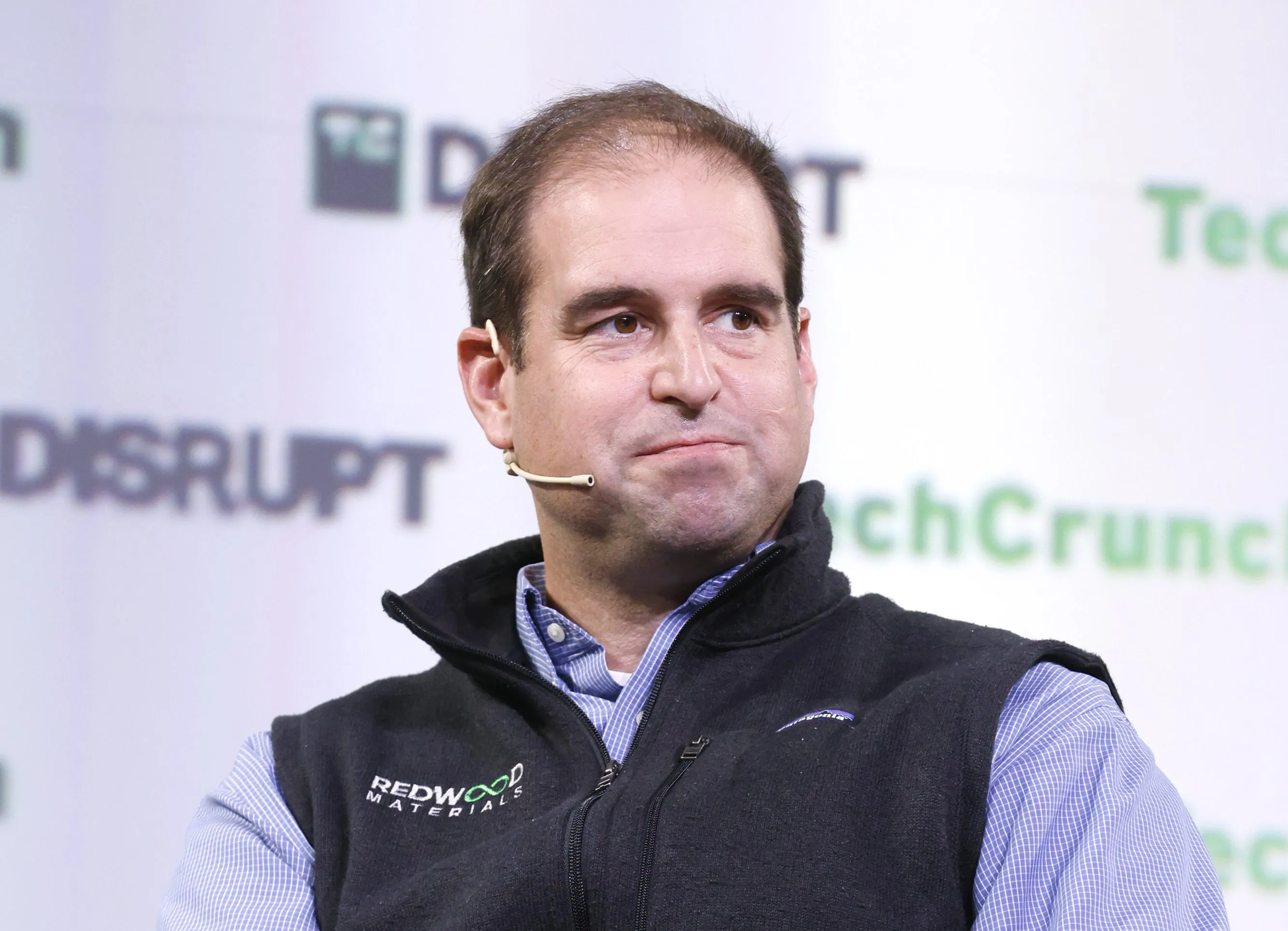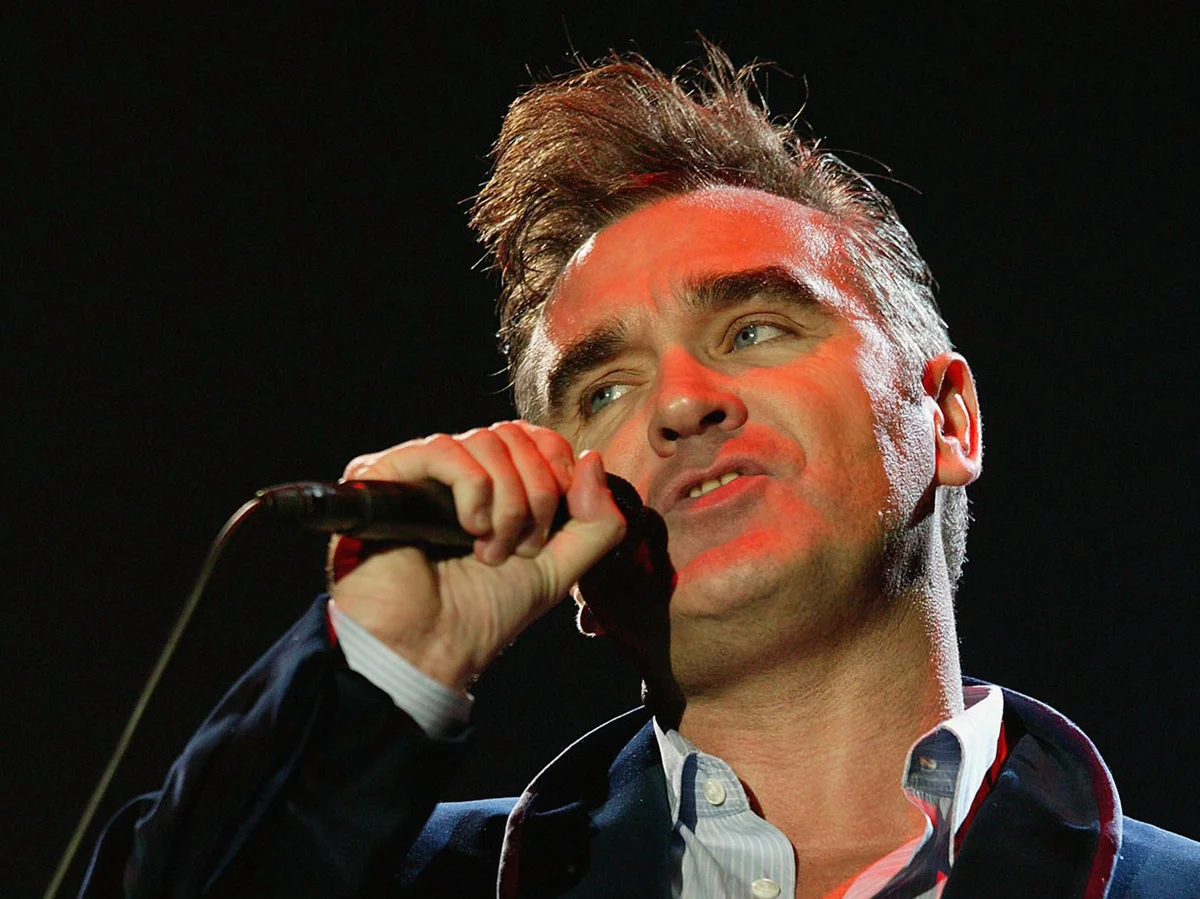By Ivan Castano
Copyright observer

“If someone can do it, it’s JB Straubel.” That’s how Edward Sanchez, a senior analyst at automotive consultancy TechInsights, describes the strategic vision of Tesla’s co-founder and former CTO. Straubel has set out to build the world’s largest electric vehicle (EV) battery recycling company. Founded in 2017, his startup Redwood Materials aims to create a circular supply chain for lithium-ion batteries, sourcing them from automakers, dealers, parts suppliers, dismantlers and waste management firms.
The company is racing to quintuple its recycling capacity from 100 GWh today to 500 GWh annually by 2030—enough for about five million EVs. To get there, Redwood is building a $3.5 billion battery materials and recycling facility in Ridgeville, S.C., which will produce cathode and anode components for future vehicles and employ 1,500 people in the U.S. “Battery Belt.”
Straubel has raised alarms about A.I.’s soaring energy demands, warning they could strain future power supplies. In June, he launched Redwood Energy to help tackle the issue by repurposing second-life battery packs—still with half their useful life left—to power data centers and stabilize the electric grid.
To jumpstart that effort, Redwood Energy struck a deal with Crusoe, a company focused on sustainable energy for A.I., to power a new data center in Abilene, Texas. The project will run on a 63-MWh microgrid designed to operate independently from the main electricity network.
”We are developing techniques that use A.I. and robotics to conduct these tests in an automated fashion because one of the challenges we have with lithium-ion recycling is that there are an enormous amount of batteries of different [power] cell types and shapes,” Harper told Observer. “By using computer vision systems, we can reduce a great deal of labor.”
Once a battery is unpacked down to the individual cell level, A.I. can help identify the so-called “black mass”—the material inside the cathode and anode. The cathode contains the most valuable charge metals, including cobalt, nickel, manganese and lithium.
Recyclers typically rely on a heating method known as “reductive calcination” to recover those metals and use them to build new cathodes for fresh cells.
”An A.I. model can automatically detect the cathode’s materials and optimize the reductive calcination process,” Ali Khazaeli, an independent battery data scientist, told Observer. “For instance, if you have a nickel manganese cobalt (NMC) oxide cathode or a nickel manganese cobalt aluminum (NCA), you will need to use different operating temperatures and conditions.” Newer Teslas use NMC while older models use NCA.
A Redwood spokesperson declined to say whether the company is applying A.I. to grow its business. Analysts, however, believe it’s very likely under consideration—if not already happening behind the scenes.
Cellphones and laptops could be a “gold mine”
Sanchez agreed that A.I.-driven automation could help Straubel’s company scale, especially as it looks to incorporate consumer-electronics batteries into its operations. EV battery packs are harder to come by, since cars typically last 10 to 15 years. Early models like the Tesla Model S are just now reaching the point of repurposing, while most others—at least for Tesla—won’t be widely available until 2028 to 2030.
“JB has said the next big gold mine is in people’s desk drawers—cellphones, iPods and laptops that no longer have a use for consumers but whose batteries are still valuable,” Sanchez said. “It will be a more manual process as they will be dealing with smaller batteries instead of huge packs coming from cars,” he added, noting the logistical challenges this shift would create.
Redwood has not announced partnerships with consumer electronics giants such as Apple or Samsung, but Sanchez said such deals “will make sense in the future.”
”They have good OEM partnerships such as with Toyota, GM, VW and BMW, so from that standpoint, they are fairly well positioned [to meet their growth targets],” he said. “The challenge for them will be to pursue small-scale battery harvesting from consumer electronics while procuring materials from second-life packs. They are taking on tremendous logistical operations, so the ramp-up to 5 million cars is going to be challenging for sure.”
Apple, meanwhile, has already stepped up its own recycling efforts. The company plans to use 10 percent recycled cobalt in all Apple-designed batteries by 2025 and has a partnership with Li-Cycle, the bankrupt recycler recently acquired by Glencore.
”A lot of companies rushed into battery recycling to get a first-mover advantage, but then realized there weren’t enough good materials to recycle,” Harper mused. “As more EVs hit the market, however, I don’t think this will be a problem in the future.”



